Building homes from the floor up
Up to 3 FREE Samples
Building homes from the floor up
Up to 3 FREE Samples
If you’re looking to replace the flooring in your home, you might be left debating LVT vs laminate. Whilst both options have their pros and cons, most homeowners find that the LVT flooring option offers more benefits than laminate, including increased durability and more options when it comes to colour and style.
In this article, we’ll explore some of the key differences that set luxury vinyl tile and laminate flooring apart, as well as the pros and cons of both options. This will help you to make the right decision when it comes to choosing the perfect flooring for your home.
LVT, or Luxury Vinyl Tile, has soared in popularity in recent years, thanks to its high levels of durability, its warmth underfoot and its elegant appearance. But is LVT really better than laminate flooring, or are there other factors that you need to consider?
Every household is different, with unique circumstances to consider, as well as individual tastes and preferences. For this reason, there is no one-size-fits-all when it comes to the right flooring choice for your home.
However, when it comes to choosing between LVT and laminate flooring, many homeowners find that they prefer LVT flooring. This is because LVT flooring is highly durable, compared to laminate planks which can be damaged by moving furniture, dropping objects or water. Not only that but there are lots of different options available when it comes to choosing a style of LVT flooring. Including different laying patterns, mixing sizes and using decorative design strips amongst many others.
This makes LVT a popular flooring choice when installing replacement flooring in the home. But what else should you consider when making choices regarding flooring in your home? Read on to find out.
Before we begin to weigh up the pros and cons of both LVT and laminate flooring, it’s important to understand the difference between these two flooring types.
The main difference between LVT and laminate is the material from which it is made. LVT is made from layers of vinyl and tough wear layers, making it slim in profile but tough and hard-wearing. In contrast, laminate flooring is constructed from fibreboard topped with a photographic layer and a protective coating.
The construction of each of these flooring types means that they have some key differences, including the durability, warmth and safety of both options. In this article, we’ll talk you through the differences between these two flooring types, helping you to make the right decision for your home.
Considering LVT? Discover the Luvanto range here
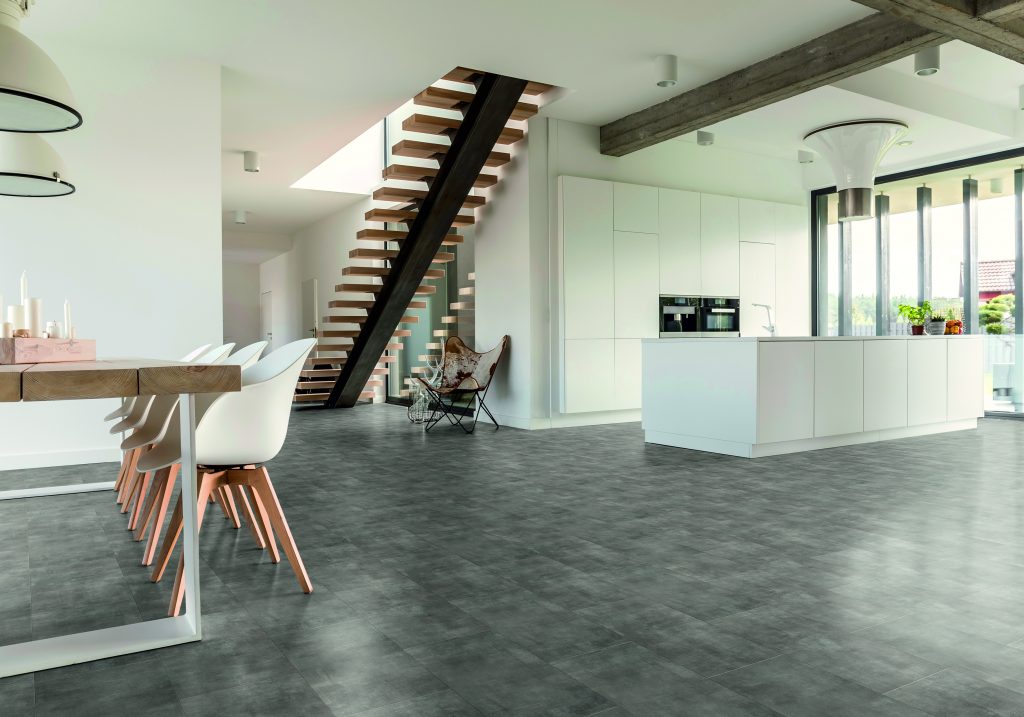
There are many different factors that you’ll need to consider when you’re deciding between laminate flooring and LVT flooring in your home. Not only do you need to think about your personal preferences, but you’ll also need to consider durability, safety and price.
Here are five of the most important factors to consider when making your choice between LVT and laminate flooring for your home.
The first thing you’ll need to consider is durability. After all, there’s no point having a beautiful floor installed in your home if it isn’t going to last. Laminate flooring can be prone to chipping or denting if an object is dropped on the floor, or becoming scratched if furniture is dragged on it. This means that your laminate flooring could begin looking worse for wear after just a few months of usage, depending on the thickness and quality that you opt for.
Durability is one area where LVT flooring excels. This type of flooring is highly resistant to impact as it is more dense, meaning that it shouldn’t become damaged if you drop anything on the floor. Not only that, but it’s also good at resisting scratches, helping your flooring to stay looking new for longer.
Whilst laminate flooring typically has a lifespan of around 15 years, LVT often lasts for a significantly longer period of time. For example, Luvanto LVT flooring comes with a lifetime domestic warranty, giving you complete peace of mind that your LVT flooring will last for as long as you need it to..
There’s nothing worse than getting out of bed in a morning and putting your feet on a cold floor, and with heating bills on the rise, every little helps when it comes to keeping your home warm. That’s why it’s important to consider warmth underfoot when you’re choosing the right flooring for your home.
Laminate flooring is known for being cold underfoot. Not only can this be unpleasant, but it can also result in your heating being used more than necessary in an attempt to warm your home. In contrast, LVT feels warmer underfoot, helping to keep you warm in even the coldest of winter months. This will help to keep your heating bills down, whilst keeping you comfortable in your home.
Safety is key in any home, especially if you have young children or elderly people in the house who may be more unsteady on their feet. Laminate flooring can be an issue for these people, as it can be slippery, leading to potential falls.
Many varieties of LVT flooring offer a non-slip feature, helping to reduce the risk of falls. This is particularly useful for people who may be more prone to slips, minimising the chance of accidents occurring in the home and prioritising safety.
Whichever you choose, look for a flooring with a high wet slip resistance. Luvanto has the best slip resistance for LVT on the UK market.
Whilst it is essential that flooring is practical, it’s also important that it looks great too. After all, we all want to feel proud of our homes.
When it comes to flooring, appearance is subjective. Unlike laminate flooring, LVT flooring allows you to choose from a range of colours and design options using different size planks or tiles, size and angle of cuts and design strips that can be used to create grout effect, decorative borders or floor patterns. This means that you have more control over the appearance of your flooring when you choose LVT flooring. At Luvanto, we have designs including herringbone, wood effect, and stone and tile effect. Laminate has to be laid as supplied due to the locking mechanism. Once a plank or tile is cut, it cannot lock on to another, and can’t accommodate design strips or grout patterns as it needs to be laid as a continuous floor.
Finally, it’s important to consider price when you’re choosing between laminate flooring and LVT. Whilst practicality and appearance are essential, it’s important that you also consider the budget that you have available for your new flooring.
In general, you’ll find that LVT flooring is more expensive than laminate. This is because the quality of LVT flooring is typically superior to that of laminate flooring. This means that your LVT flooring is likely to last far longer than you might expect a laminate floor to last.
So, whilst LVT flooring often costs more than laminate, it’s also worth putting this into perspective, not just how many years you can expect your flooring to last, but also how long it will continue to look good and perform. You may find that LVT flooring offers better value for money than laminate, thanks to its extended lifespan.
Take a look at Luvanto’s high-quality LVT flooring here
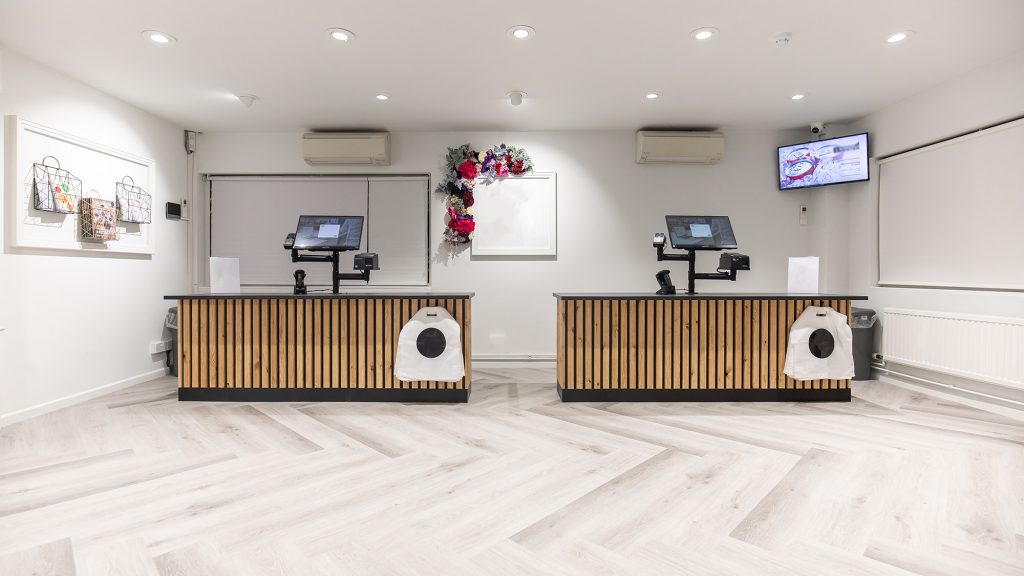
If you’re thinking about replacing your existing flooring with LVT, it’s essential that you weigh up both the pros and cons of this type of flooring. After all, you need to be sure that it is the right choice for your home. Let’s take a look at the pros and cons of LVT flooring to help you to make an informed decision.
There are many benefits of LVT flooring, which is why this type of flooring is currently soaring in popularity. Let’s take a look at some of the benefits of LVT flooring.
Whilst there are many advantages of LVT flooring, there are also some disadvantages that you should be aware of before making your decision. Here are some of the downsides of LVT flooring.
Is LVT right for you? Check out the Luvanto range of LVT flooring here
Laminate flooring has been a popular choice for many years, thanks to its low price and ease of fitting. However, there are also some disadvantages of laminate flooring that you need to be aware of before making your decision. In this section, we’ll talk you through both the pros and cons of laminate flooring.
There are many advantages of laminate flooring, which is why many people choose this flooring type in their home. Here are some of the benefits of choosing laminate flooring.
Although there are many advantages of laminate flooring, there are also several disadvantages that you should be aware of. This will help you to make an informed decision about the best flooring type for your property. Here are some of the disadvantages of laminate flooring.
The choice between LVT and laminate flooring is a personal one, and every home and family is different. It’s important to weigh up both the pros and cons of each option to make the right decision for your new flooring, including the lifespan, durability, price and appearance of each option.
In this article, we have talked you through the advantages and disadvantages of LVT vs laminate flooring, as well as comparing both options. We hope this has helped you to make the right choice for your home.
Looking for quality LVT flooring? Discover the Luvanto range here
Recently Viewed
Related Articles
The Natural LVT flooring trend: Bring the Outdoors in
Crafting Industrial Style: Decorating with Stone Effect LVT Flooring from Luvanto
How to Style Dark Flooring
How to Style Herringbone Flooring
Understanding LVT Specifications and Technical Details: Your Guide to a Perfect Floor
Waterproof LVT for High-Moisture Bathrooms
Clay Earth
Midnight Olive
Coastal Cottage
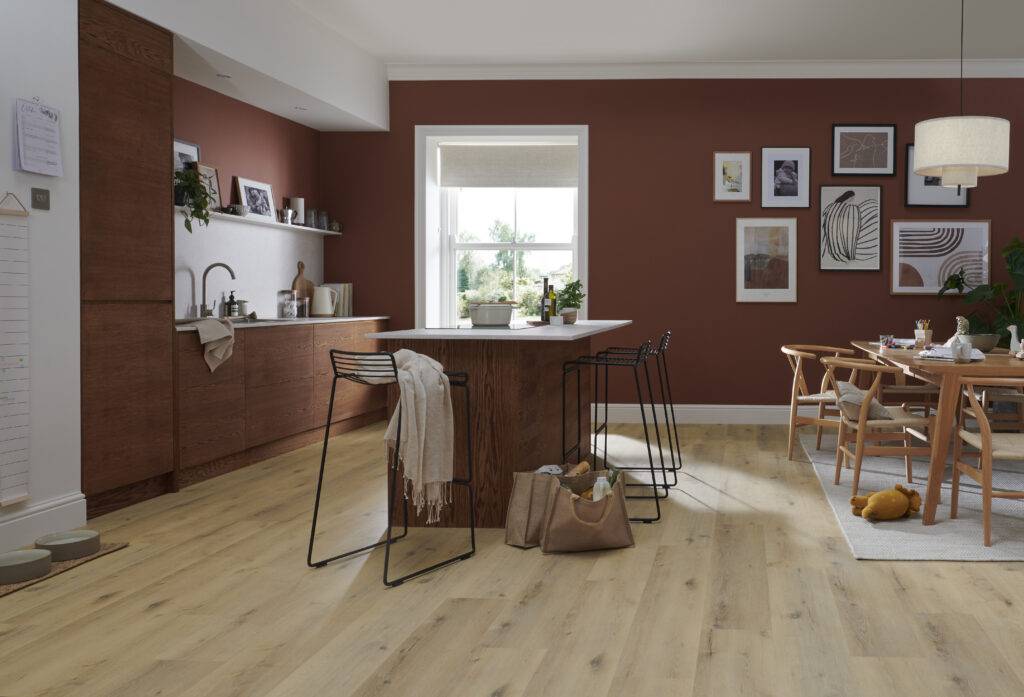
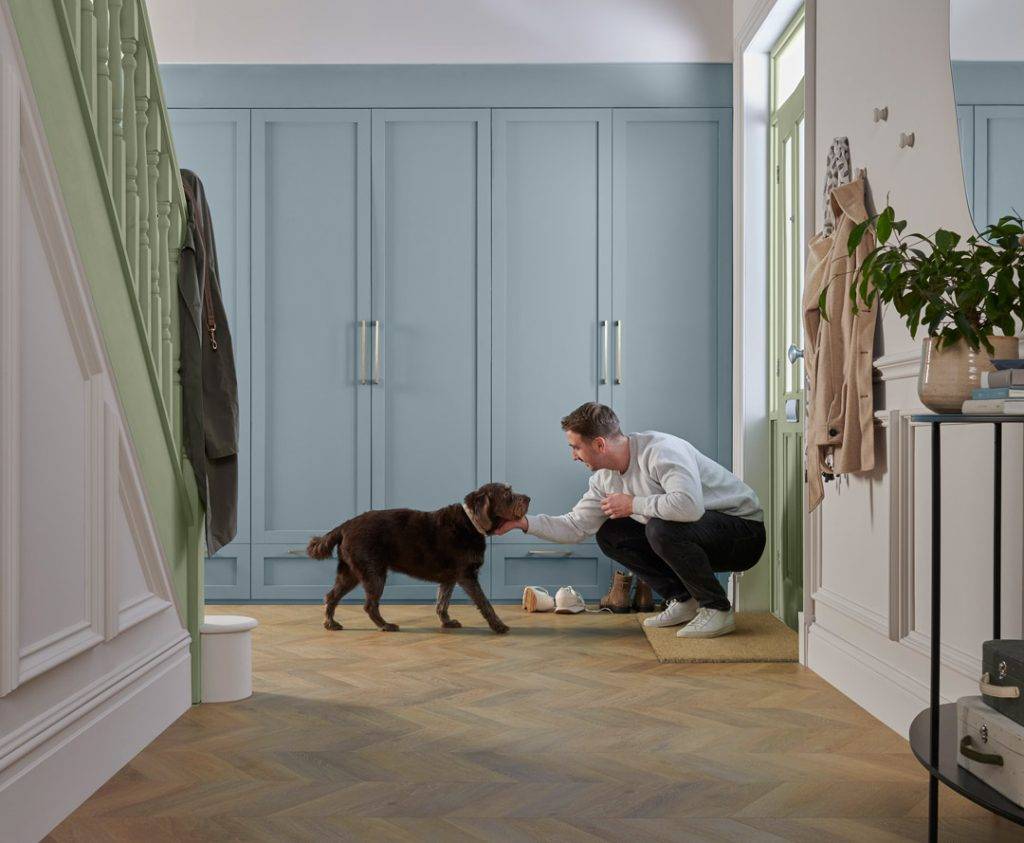
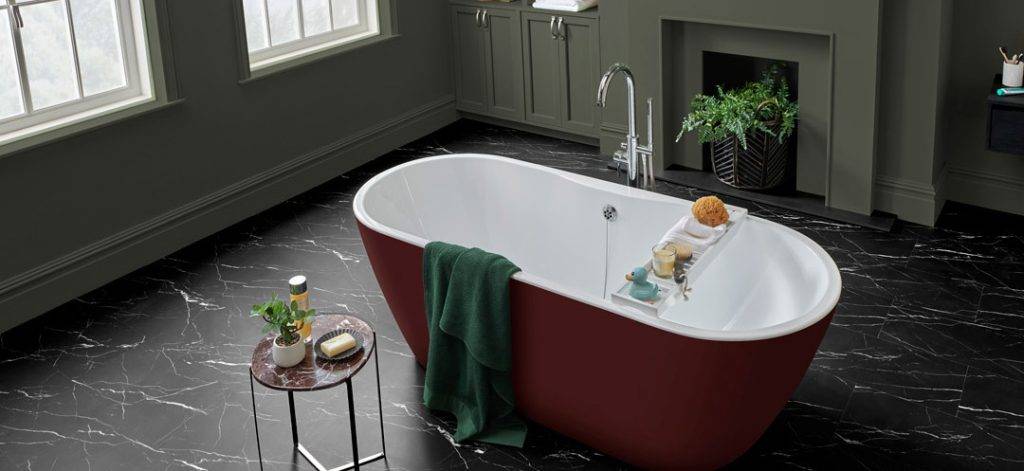

Trends come and go but a Luvanto floor is forever.
Keep your interiors looking show-home worthy with our colour and trend inspiration. As experts in colour forecasting and pairings, we match the latest trends and colours with each of our flooring shades so you can stay tickled pink with your décor all year round.
Flooring
Inspiration
Where To Buy
Help And Support
Copyright © 2024 Luvanto - QA Flooring Solutions Ltd. All Rights Reserved.
QA Flooring Solutions Ltd is a company registered in England
Registered Office: Unit 2 Hurricane Drive, Speke, Liverpool, L24 8RL
Company Registration Number: 07870268 | VAT Number: 852026449
| Cookie | Duration | Description |
|---|---|---|
| cookielawinfo-checkbox-analytics | 11 months | This cookie is set by GDPR Cookie Consent plugin. The cookie is used to store the user consent for the cookies in the category "Analytics". |
| cookielawinfo-checkbox-functional | 11 months | The cookie is set by GDPR cookie consent to record the user consent for the cookies in the category "Functional". |
| cookielawinfo-checkbox-necessary | 11 months | This cookie is set by GDPR Cookie Consent plugin. The cookies is used to store the user consent for the cookies in the category "Necessary". |
| cookielawinfo-checkbox-others | 11 months | This cookie is set by GDPR Cookie Consent plugin. The cookie is used to store the user consent for the cookies in the category "Other. |
| cookielawinfo-checkbox-performance | 11 months | This cookie is set by GDPR Cookie Consent plugin. The cookie is used to store the user consent for the cookies in the category "Performance". |
| viewed_cookie_policy | 11 months | The cookie is set by the GDPR Cookie Consent plugin and is used to store whether or not user has consented to the use of cookies. It does not store any personal data. |
Building homes from the floor up
Up to 3 FREE Samples